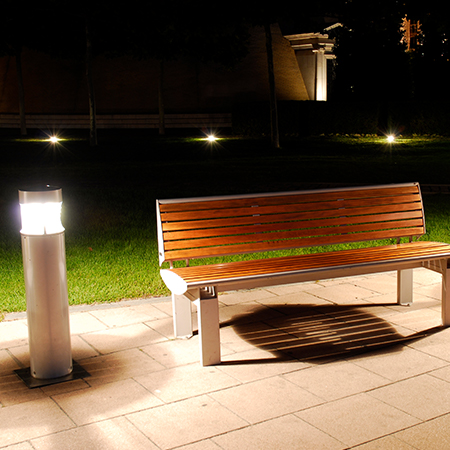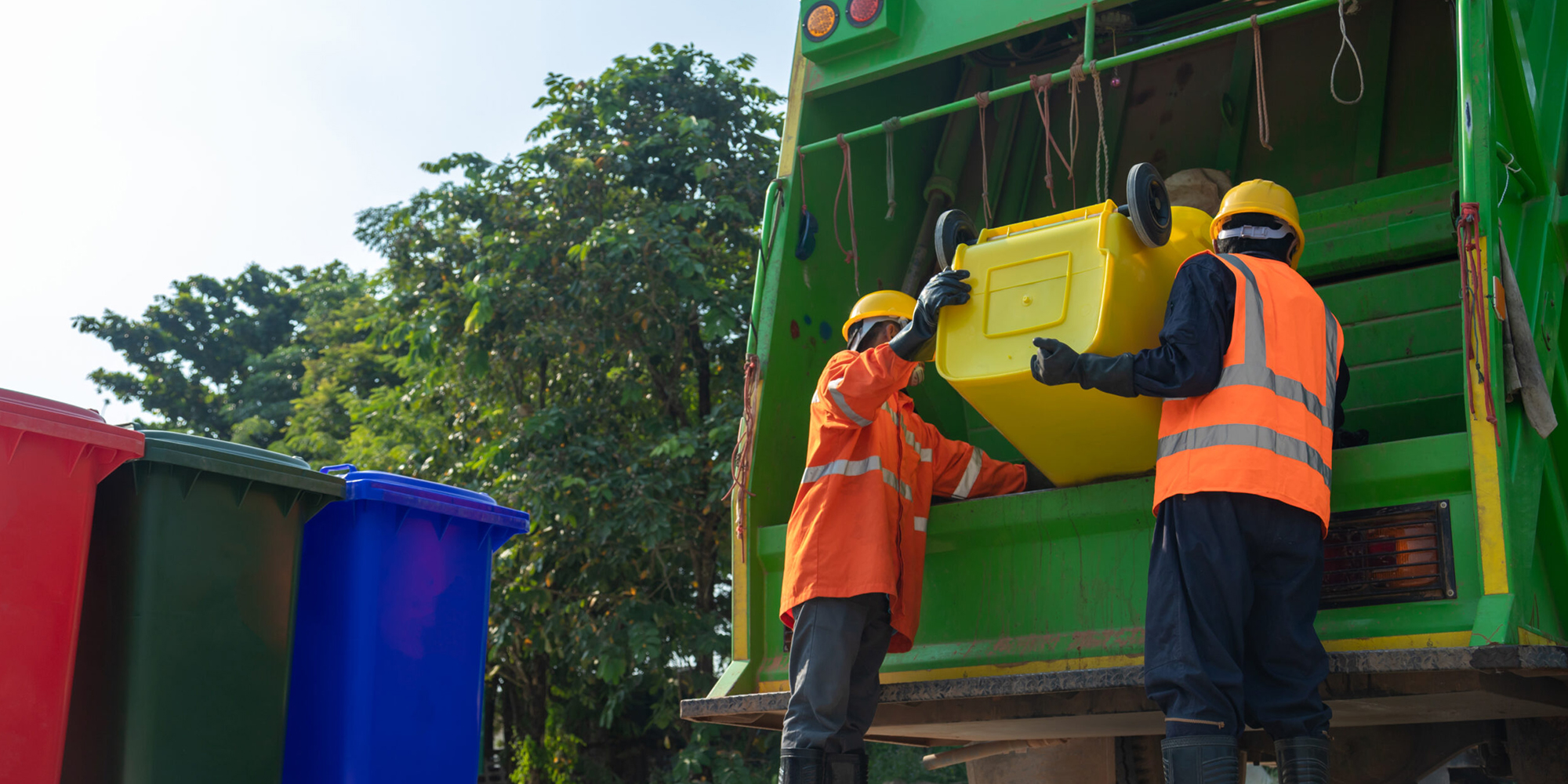If you’re involved in city, town or village finances and your fiscal year starts July 1, odds are you’re starting to think about your next year’s budget. With little to no COVID relief funds from state and federal governments, local government budget discussions are bound to be even more difficult this year. Many of the levers that local governments could pull to balance the budget have already been pulled. It may seem like the time to cut everything but core government services, but don’t abandon your smart cities plans just yet. In times of economic uncertainty, smart cities solutions can help reduce operating costs, lessen on the burden on departments who have lost staff or taken on new responsibilities and improve the quality of life for residents.
Smart streetlights

Smart streetlighting is a gateway project for many smart city programs. Swapping out old high pressure sodium light fixtures with new LED bulbs provides an immediate energy savings. Adding in streetlight controls that enable the dimming or brightening of lights depending on the area and the scheduling of lights turning on and off provides better customer service for residents, promotes public safety and can further reduce energy costs in areas with energy net metering. In November 2020, the City of Syracuse, New York, in partnership with New York State and New York Power Authority, completed the installation of 17,500 energy-efficient LED streetlights throughout the City. The project will save the City $3.3 million annually and reduces greenhouse emissions by approximately 8,500 tons a year. In 2021, Syracuse will begin to deploy additional features of the streetlight controls, focusing on digital connectivity, environmental monitoring and public safety. For example, the City is planning on installing Wi-Fi outside of community centers and neighborhoods in need of digital network services.
Trash and recycling sensors
Trash and recycling collection can be a costly service from a staffing, equipment and operations perspective. Large vehicles, frequently with multiple city staff working on them, wind their way across the entire community at low speeds without the guarantee that there is actually trash and recycling in the cans. For a typical trash truck this means high fuel and vehicle repair costs, variable overtime costs depending on the amount to pick up and excessive vehicle emissions. Cities have been exploring smart trash cans that are equipped with sensors to determine garbage volume. These sensors send a wireless signal to note when they’re full and need a pickup. In 2019, the City of Pittsburgh, Pennsylvania, completed its installations of more than 1,000 public trash cans with sensors. These cans reduce the amount of time that public works staff take to empty the cans by 50% with a projected savings of $1.54 million annually. The smart trash cans have enabled the Department of Public Works to reallocate staff to other more pressing projects and reduced greenhouse gas emissions by 19,000kg of CO2 a month.
First responder traffic preemption
COVID-19 has intensified the need for rapid responses to public safety calls for service. In these calls every second counts. However, these trips can be risky for first responders. A 2015 report using National Traffic Safety Administration data estimated that ambulances were involved in 4,500 crashes annually. Traffic incidents can lead to first responder injury, damage to the vehicle and reduce patient outcomes because of longer response times. Cities have experimented with methods of providing traffic signal priority to first responders to ensure quick, safe transit to the scene. In 2020 the City of San Jose, California, was recognized for its innovative approach to first responder traffic preemption. Previously police and fire vehicles could turn traffic signals green as they approached each intersection with an in-vehicle device. However, this required first responders to slow down and carefully look for crossing traffic and relied on costly hardware at each intersection to pick up the device signal. The City connected emergency vehicle GPS to the traffic management system. By sharing pre-determined routes, this solution clears the intersection before the vehicle arrives. Initial results show that response times fell by 24 seconds per trip, improving patient outcomes and enabling San Jose to receive an additional $1.5 million in reimbursement for faster calls for service. Pre-cleared intersections reduced accidents for first responders in transit.
Smart parking payments
Even though many cities have resumed charging for parking after putting it on hold in the early months of the pandemic, the loss of parking revenue has been felt acutely. Smart parking solutions are a way for cities to recuperate parking revenues in a COVID-19 sensitive manner. These solutions are customer friendly, moving away from coin parking meters and enabling mobile or touchless payment options. They also lessen the parking staff time spent collecting coins and processing payments for deposit. The City of Des Moines, Iowa, projected that COVID-19 resulted in a $25 million loss of revenue in FY21. However, this didn’t stop the City from launching its multiyear downtown revitalization project in November 2020, beginning with smart parking upgrades. This move enables the City to consolidate parking systems, optimize parking enforcement and improve customer communications and service.
These are just a few ways that smart cities solutions can bring financial benefit to your city during tough budget times and improve service delivery along the way. Even though your next budget cycle seems bleak, continue exploring innovative opportunities to improve the quality of life of residents in your community with technology.










